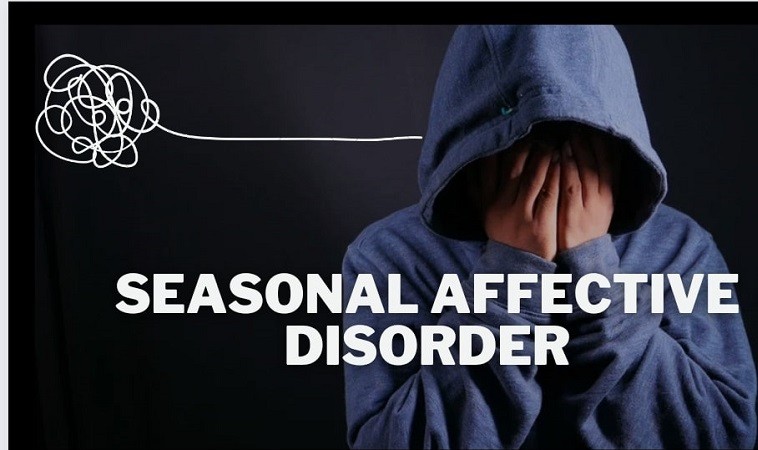
As the vibrant colors of autumn fade and the days grow shorter, many people find themselves experiencing a noticeable shift in their mood and energy levels. While some might attribute it to the "winter blues," for others, these seasonal changes trigger a more serious condition known as Seasonal Affective Disorder (SAD).
What Is Seasonal Affective Disorder (SAD)?
Seasonal Affective Disorder, or SAD, is a subtype of depression that follows a seasonal pattern. It most commonly occurs during the fall and winter months when there is less natural sunlight. Although less common, some individuals may experience a summer-onset SAD, which usually manifests in late spring or early summer.
Causes of SAD:
Reduced Sunlight: The primary cause of SAD is believed to be a reduced exposure to sunlight during the winter months. Sunlight helps regulate the body's internal clock, or circadian rhythm, as well as the production of important mood-regulating neurotransmitters such as serotonin and melatonin.
Biological Factors: Some individuals may be more vulnerable to SAD due to genetic or biological factors. Variations in the body's response to changes in light exposure and the levels of certain hormones may contribute to the development of SAD.
Serotonin Imbalance: A decrease in serotonin levels in the brain, which is associated with mood regulation, can be linked to the development of SAD. Reduced sunlight exposure can lead to decreased serotonin production.
Symptoms of SAD:
SAD symptoms are similar to those of major depressive disorder and may include:
Persistent Sadness: Feeling persistently sad, low, or hopeless for most of the day.
Changes in Sleep Patterns: Insomnia or excessive sleeping.
Fatigue and Low Energy: Feeling constantly fatigued, even after a full night's sleep.
Changes in Appetite: Increased cravings for carbohydrates and weight gain.
Difficulty Concentrating: Struggling to concentrate on tasks, making decisions, or remembering things.
Withdrawal: Social withdrawal, decreased interest in activities you once enjoyed.
Irritability: Increased irritability and mood swings.
Managing SAD:
Light Therapy (Phototherapy): Light therapy involves sitting in front of a special lightbox that emits bright, full-spectrum light, simulating natural sunlight. Daily sessions of 20-30 minutes can help regulate your body's internal clock and improve mood.
Medication: In some cases, healthcare professionals may prescribe antidepressant medications, such as selective serotonin reuptake inhibitors (SSRIs), to help manage SAD symptoms.
Cognitive Behavioral Therapy (CBT): CBT can help individuals identify and challenge negative thought patterns associated with SAD and develop coping strategies to manage their symptoms.
Lifestyle Changes: Making adjustments to your daily routine can significantly impact SAD symptoms. Consider the following:
a. Get outside: Make an effort to spend time outdoors during daylight hours, even on cloudy days.
b. Exercise regularly: Physical activity can boost your mood and increase serotonin production.
c. Eat a balanced diet: Focus on whole foods, and limit your intake of sugar and processed carbohydrates.
d. Maintain a regular sleep schedule: Aim for 7-9 hours of sleep each night.
Social Support: Stay connected with friends and family. Engage in social activities and seek support from loved ones during the winter months.
Seasonal Affective Disorder can be challenging, but it is a treatable condition. By understanding the causes and recognizing the symptoms, individuals can take proactive steps to manage SAD and minimize its impact on their lives. Whether through light therapy, medication, therapy, or lifestyle adjustments, there are effective strategies to help you overcome the winter blues and embrace the colder months with a more positive outlook on life. If you suspect you have SAD, don't hesitate to reach out to a healthcare professional for guidance and support.